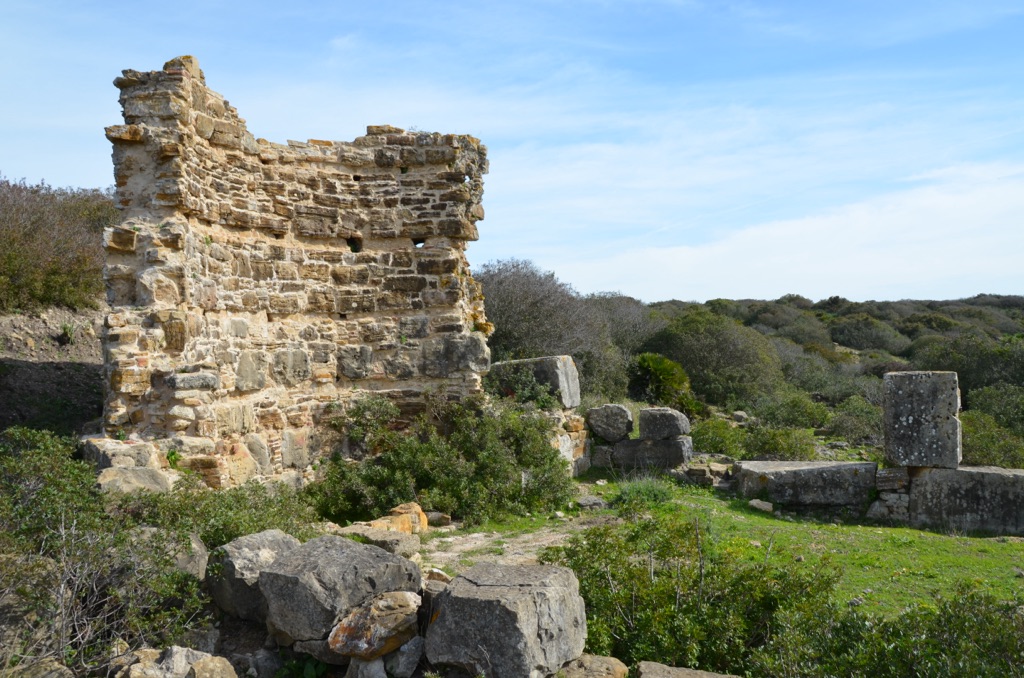Lixus is an ancient site located on the Atlantic coast of Morocco. Once a thriving city, it has roots stretching back to the Phoenician period. It became a prominent Roman city and was continuously inhabited until the 7th century. Lixus is a testament to the complex history of North Africa, showcasing layers of cultural influence from the Phoenicians, Carthaginians, and Romans. The ruins offer a glimpse into the past, with remnants of temples, baths, and other structures. Its historical significance is further enhanced by its association with the legend of the Garden of the Hesperides, a mythological orchard from Greek mythology.
Get your dose of History via Email
Historical Background of Lixus
The ancient city of Lixus, located near the modern city of Larache, Morocco, has a rich history that dates back to the Phoenician era. The Phoenicians, known for their seafaring and trading prowess, established Lixus in the 7th century BC. It later became a Carthaginian settlement before falling under Roman control. The Romans expanded the city, leaving behind impressive ruins that include a theater, a temple, and various public buildings. Lixus thrived under Roman rule but eventually declined and was abandoned in the 7th century AD.
Archaeologists discovered Lixus in the late 19th century, with French archaeologist Célestin Mille leading initial excavations in 1948. The site has since revealed a wealth of artifacts and structures. The Phoenicians built the original city, and it later became an important Carthaginian colony. The Romans, who took over in the 1st century BC, further developed Lixus, making it one of the earliest Roman settlements in Morocco.
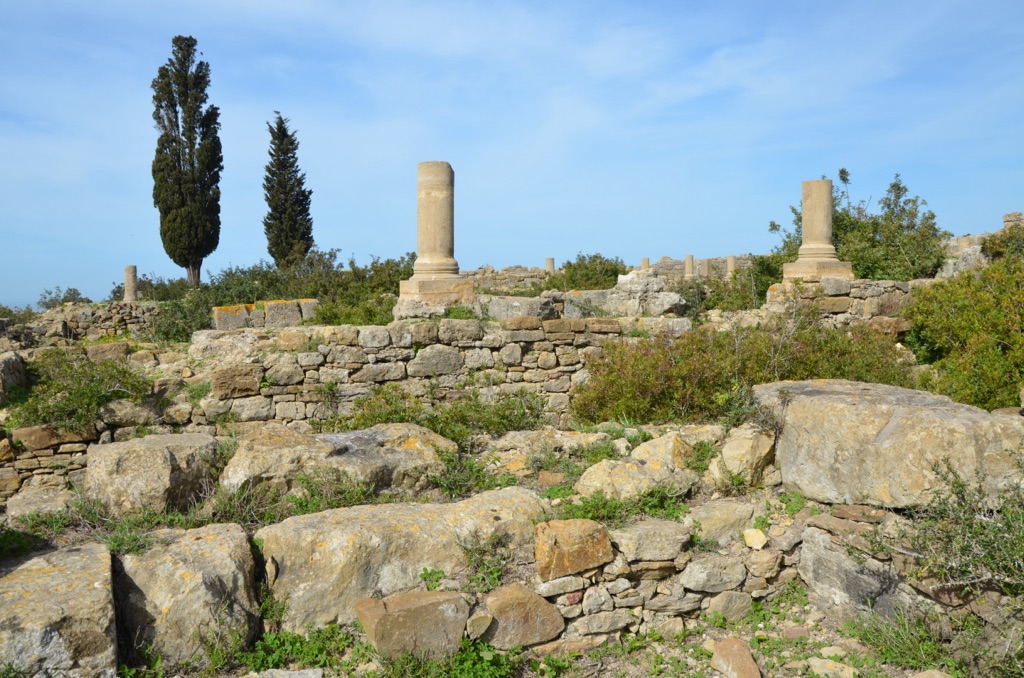
Throughout its history, Lixus has seen various inhabitants, including the Moors in the medieval period. However, the city’s significance waned, and it was eventually abandoned. Despite this, Lixus played a role in several historical events. It was a center for the production of the Roman fish sauce garum and was involved in trade across the Mediterranean. The city’s strategic location made it a valuable asset for controlling trade routes.
The ruins of Lixus stand as a silent witness to its past glory. The site has been the focus of numerous archaeological studies, which have unearthed evidence of its various cultural influences. The city’s layout, with its streets, public squares, and residential areas, provides insight into urban planning during the Phoenician, Carthaginian, and Roman periods.
Today, Lixus is recognized for its historical and cultural significance. It offers a unique opportunity to study the ancient civilizations that once dominated the region. The site continues to be an important focus for archaeological research, shedding light on the complex history of North Africa and the Mediterranean.
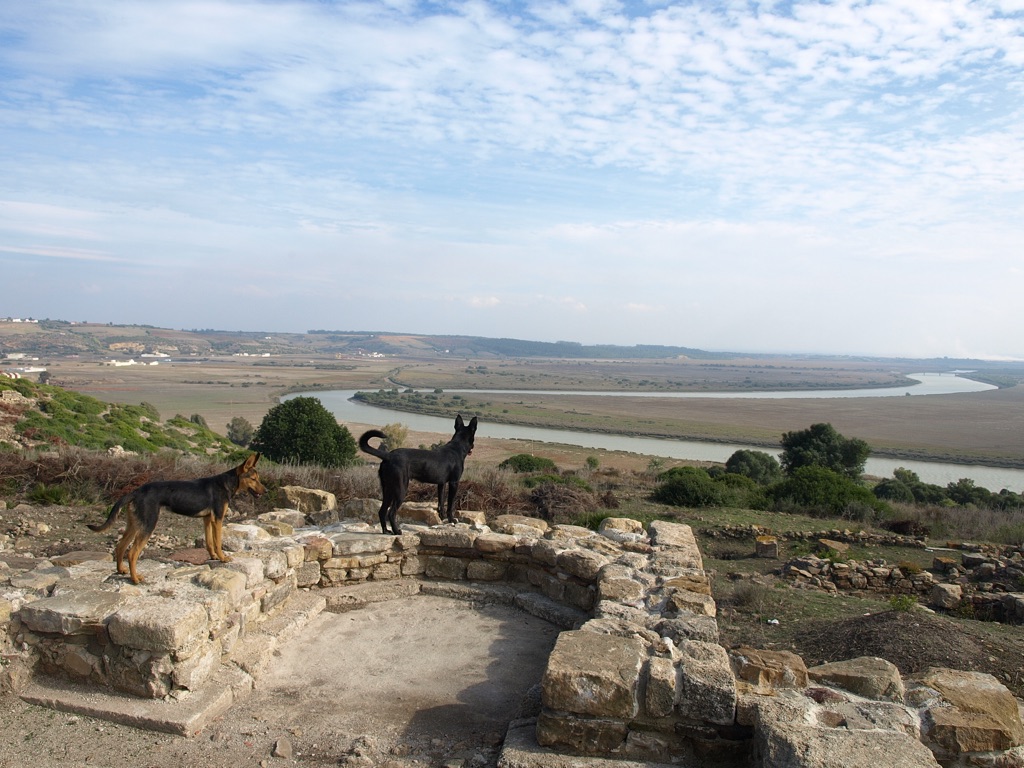
About Lixus
Lixus, perched on a hill overlooking the Loukkos River, is a site of remarkable historical layers. The city’s ruins span several hectares, with the remains of public buildings, residential areas, and industrial facilities. The most notable structures include a Roman amphitheater, baths, temples, and the ancient forum. These remnants provide a snapshot of life in an ancient city, where public entertainment, religious worship, and daily activities coexisted.
The construction techniques at Lixus reflect the ingenuity of its builders. The Phoenicians used local stone and resources to erect their initial structures. The Romans later introduced new building materials, such as concrete and marble, to construct more elaborate buildings. The architectural highlights of Lixus include the intricate mosaics found in the baths and the imposing columns that once supported grand temples.
The city’s layout showcases the Roman influence on urban design. The streets of Lixus were laid out in a grid pattern, a hallmark of Roman city planning. The amphitheater, capable of seating thousands, was a focal point for entertainment. The forum served as a center for political and social gatherings, highlighting the city’s role as a hub of civic life.
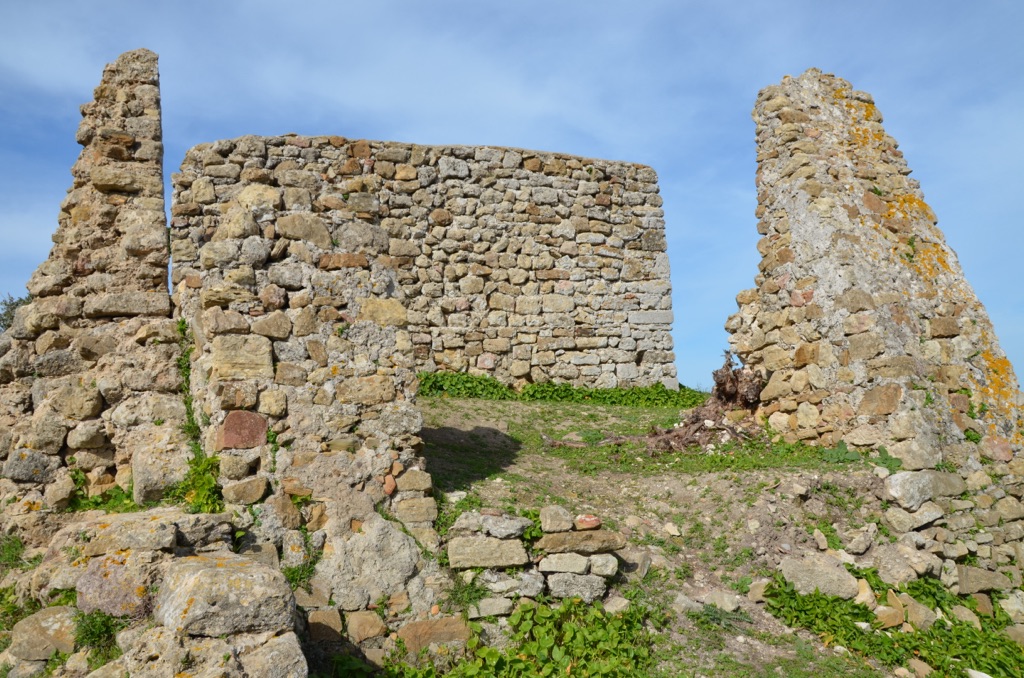
Archaeological excavations have revealed various artifacts that provide insight into the daily lives of Lixus’s inhabitants. Pottery, coins, and tools unearthed at the site offer clues about the local economy, trade, and domestic activities. The production facilities for garum, a fermented fish sauce highly prized in the Roman world, attest to the city’s industrial capabilities.
The preservation of Lixus’s ruins allows visitors to step back in time and explore the city’s past. The site’s archaeological significance is matched by its scenic beauty, with panoramic views of the surrounding landscape. Lixus not only offers a tangible connection to ancient civilizations but also serves as a reminder of the enduring legacy of human ingenuity and cultural exchange.
Theories and Interpretations
Lixus has been the subject of various theories and interpretations throughout its history. One of the most enduring legends is its association with the Garden of the Hesperides, a mythological orchard where golden apples grew. This connection has led some to speculate about the city’s possible role in ancient mythology and religion.
The use of Lixus has been debated among historians and archaeologists. While it was clearly a center for trade and industry, some suggest it may have also had religious significance. The presence of temples and ritual objects indicates that worship played an important role in the city’s daily life.
Mysteries surround Lixus, particularly regarding the extent of its influence and the nature of its decline. The reasons for the city’s abandonment are not fully understood, with theories ranging from economic decline to natural disasters. The lack of contemporary records makes it difficult to piece together the city’s final days.
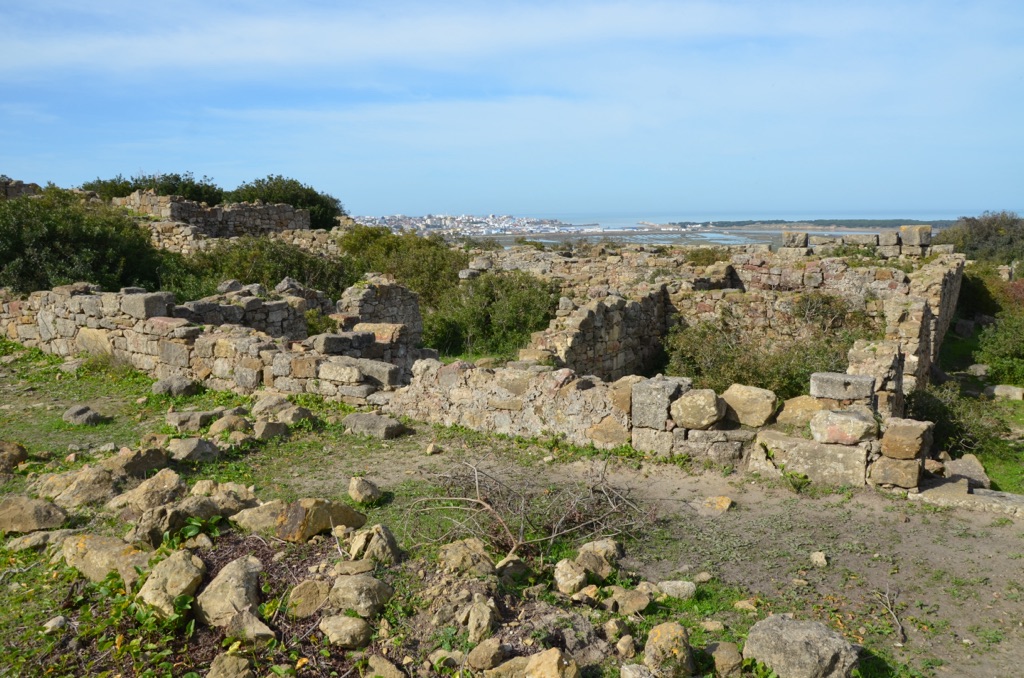
Interpretations of Lixus have been informed by archaeological findings. Excavations have provided evidence of the city’s layout and function, but many aspects remain open to interpretation. The dating of structures and artifacts has been carried out using methods such as stratigraphy and radiocarbon dating, helping to construct a timeline of the city’s history.
Despite the mysteries, Lixus continues to be a valuable source of information about the ancient world. Ongoing research and analysis are likely to yield further insights into the city’s past, contributing to our understanding of the civilizations that once thrived in North Africa.
At a glance
Country: Morocco
Civilization: Phoenician, Carthaginian, Roman
Age: Established in the 7th century BC, inhabited until the 7th century AD

